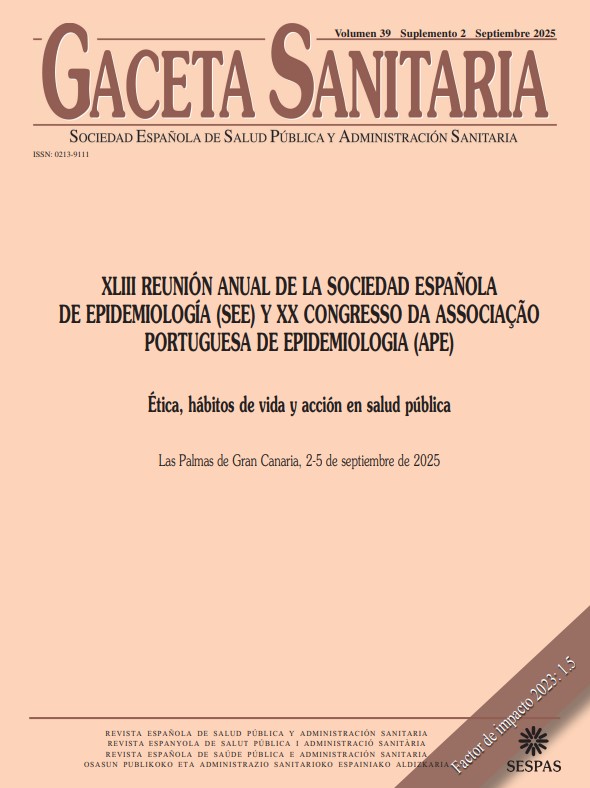841 - PHYSIOTHERAPISTS IN PORTUGAL: A 2024 OVERVIEW
ESS, Polytechnic of Porto; Instituto Politécnico de Bragança; Research Centre for Active Living and Wellbeing (LiveWell), Instituto Politécnico de Bragança; REQUIMTE/LAQV, ESS, Polytechnic of Porto; Centre for Health Studies and Research of the University of Coimbra/Centre for Innovative Biomedicine and Biotechnology (CEISUC/CIBB).
Background/Objectives: The increase in population and its longevity, without a proportional improvement in quality of life, reinforces the need to promote healthy behaviors such as physical activity. Physiotherapy plays an essential role in disease prevention and active aging. At the European level, there is significant disparity in the ratio of physiotherapists per inhabitant, in Portugal there is a gap of information regarding this subject. This study aims to characterize the active physiotherapist population in Portugal, assess the availability of physiotherapy by municipality.
Methods: Data on physiotherapists was provided by the Ordem dos Fisioterapeutas (registration is mandatory to practice in Portugal). Population data was obtained from the National Institute of Statistics (INE). Descriptive statistics were calculated to characterize the physiotherapist population, and availability was determined through indices like the number of physiotherapists per 100,000 inhabitants in Portugal and by municipality.
Results: Of the 11,715 physiotherapists registered in Portugal as of February 2024, 163 were excluded for not practicing in the country. Thus, data analysis focused on 11,552 physiotherapists. In Portugal, the professionals are predominantly female 8,529, 72.8%, with a mean age of 35.4 years (standard deviation 9.47). When assessing the average age of physiotherapists across municipalities, it exceeds the national average in 103 out of 308 municipalities. Regarding professional activity, 1,767 physiotherapists (15.29%) work in the public healthcare system, while 7,750 (67%) are employed in private institutions. The remaining professionals have no recorded information, are unemployed, or are seeking employment. There are 111.7 physiotherapists per 100,000 inhabitants in Portugal, around 70% of municipalities present a lower number, and in around 40 municipalities there are only 35.1 physiotherapists per 100,000 inhabitants.
Conclusions/Recommendations: In Europe, in 2021, there were 136.7 physiotherapists per 100,000 inhabitants. The results from Portugal show a lower availability, in addition the analysis by municipality highlight geographical disparities with some municipalities above the European average, and the majority bellow. With a considerable number of municipalities with extremely low number of physiotherapists. Portugal is a relatively small country, however these inequalities are concerning and should be evaluated and resolved.















